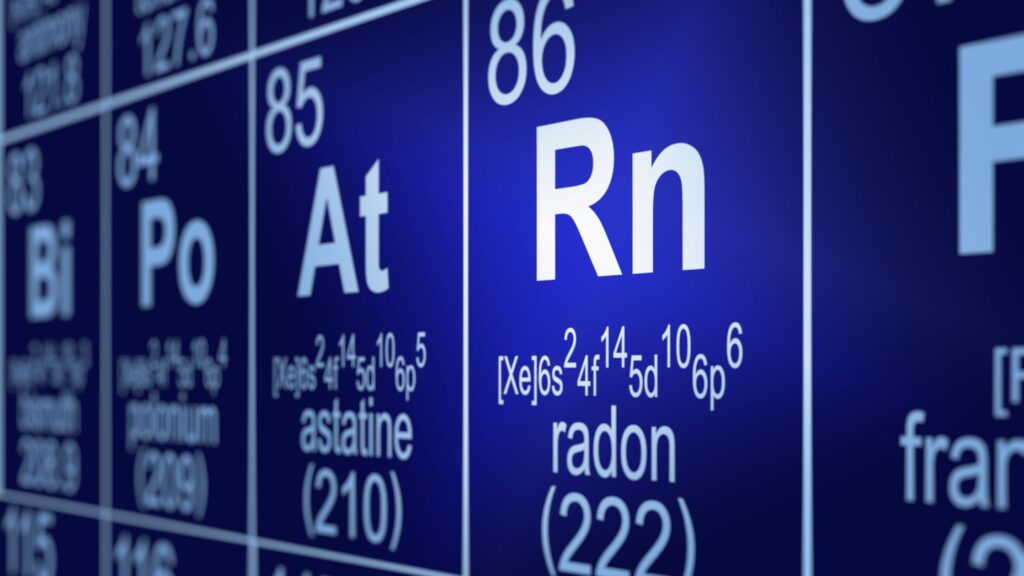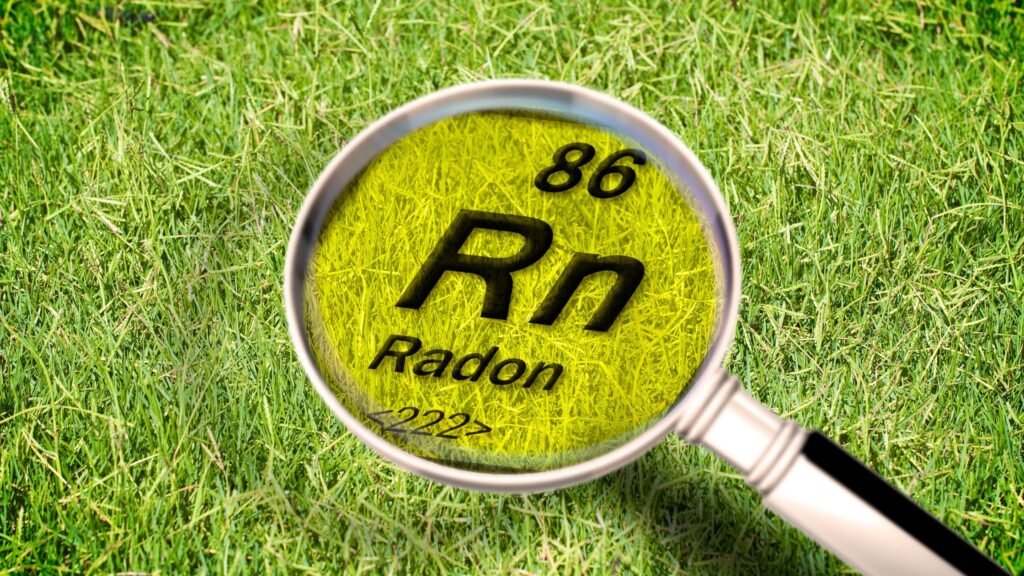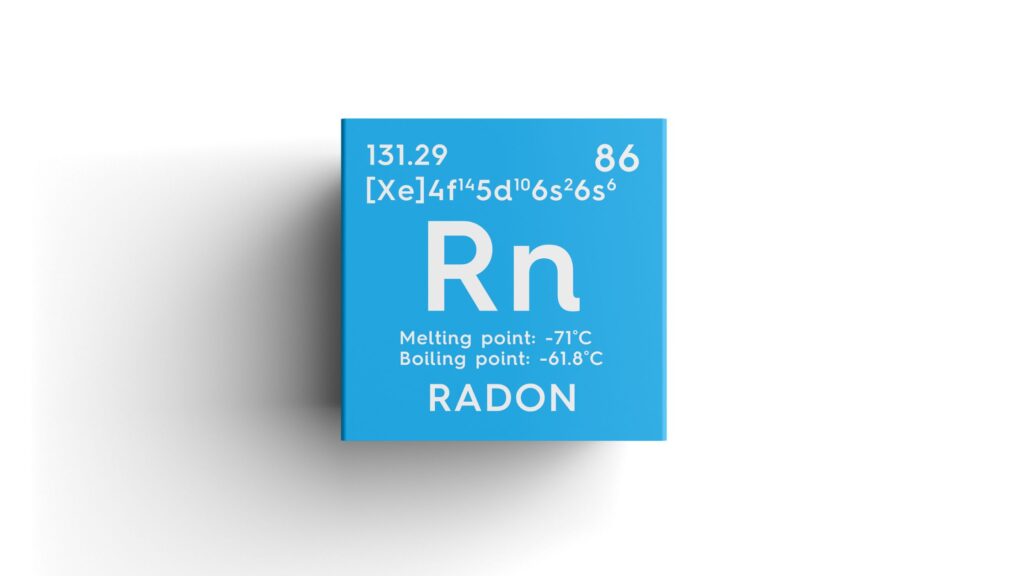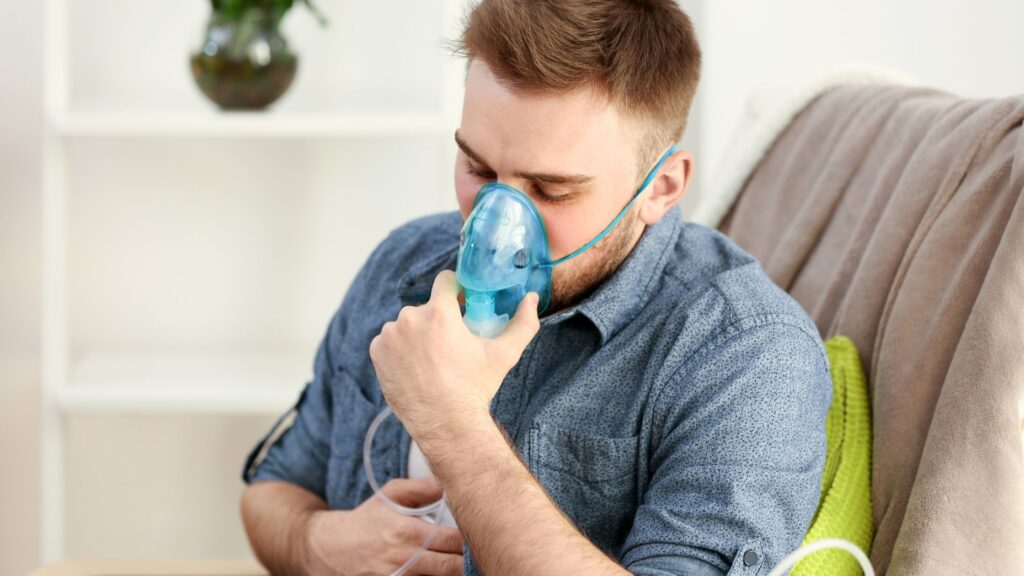Radon is a colorless, odorless, and tasteless gas that can seep into your home undetected. Despite its hidden nature, radon exposure is a significant health risk that can lead to serious conditions, such as lung cancer and respiratory issues. By understanding the dangers of radon, you can take the necessary steps to protect yourself and your family from this silent threat. It’s the second leading cause of lung cancer after smoking and often goes unnoticed until tested. Regular testing and professional mitigation are the only reliable ways to ensure your home stays safe.

What Is Radon?
Radon is a naturally occurring radioactive gas that forms when uranium, thorium, and radium in rocks, soil, and water decay. As these elements break down, radon is released into the air. It can enter homes through cracks in the foundation, gaps around pipes, and even through the walls. Since radon is invisible and odorless, it cannot be detected without testing equipment.
In the United States, it is the second-leading cause of lung cancer and accounts for about 21,000 deaths annually. This makes it an urgent concern for homeowners, especially since radon exposure is entirely preventable.
Why Radon Is Dangerous: Health Risks
Radon is a silent, invisible gas that seeps from the ground into homes, building up without smell or warning. Long-term exposure can quietly harm your health and that of your family.
1. Lung Cancer: The Silent Threat
Radon exposure is the second leading cause of lung cancer after smoking. The radioactive particles released from radon decay can become trapped in the lungs, where they damage lung tissue and can lead to cancer. For non-smokers, radon exposure significantly increases the risk of developing lung cancer, making it even more crucial to test for and mitigate radon in homes.
2. Respiratory Issues and Other Diseases
Prolonged exposure to elevated radon levels doesn’t just cause cancer. It can also lead to other respiratory diseases, such as chronic obstructive pulmonary disease (COPD), emphysema, and pulmonary fibrosis. These conditions impair lung function and reduce overall health, making it vital to take preventive measures.
3. Children and Radon Exposure
Children are more vulnerable to the health risks of radon than adults due to their faster breathing rates and developing respiratory systems. As a result, children living in homes with elevated radon levels face a significantly higher risk of developing lung cancer or other respiratory issues. Ensuring your home is radon-free is a step toward protecting your family’s health.
Testing and mitigating radon isn’t optional—it’s essential. Taking action now ensures cleaner air, safer lungs, and peace of mind for years to come. Learn more about Where Is Radon Found.
How Can You Detect Radon in Your Home?
Radon is an invisible gas, which makes it a hidden danger in many homes. The only way to determine if your home has high radon levels is by conducting a test. There are two main types of radon tests:
- Short-term tests: These tests are typically left in place for 2-7 days and are designed to give a quick reading of radon levels.
- Long-term tests: These tests are conducted over a period of 90 days or more and provide a more accurate estimate of the average radon concentration in your home.
Both test kits are available for purchase, and many professionals also offer radon testing services. The EPA recommends mitigating radon levels if the concentration is 4.0 picocuries per liter or higher.
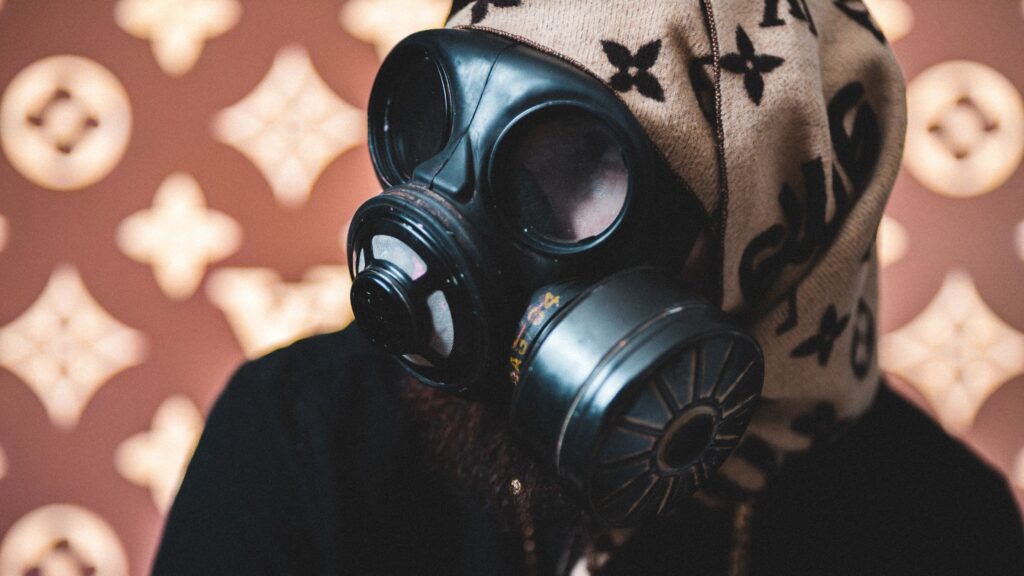
Steps to Mitigate the Dangers of Radon
If your radon test reveals high levels of radon, it’s important to act quickly. The following measures can help reduce radon levels in your home:
a) Install a Radon Reduction System
Install a professional vent pipe and fan system that pulls radon gas from beneath your home’s foundation and releases it safely outside. This process prevents the buildup of harmful gas indoors. A properly installed system keeps indoor air clean, healthy, and consistently safe.
b) Seal Cracks and Gaps
Seal visible openings in floors, walls, and around service lines to prevent radon from entering your living spaces. Though not a standalone solution, sealing enhances the performance of other mitigation systems. It helps maintain long-term efficiency and reduces radon infiltration.
c) Increase Ventilation
Enhance airflow by opening vents, using exhaust fans, or installing air exchangers to circulate fresh air throughout the house. Proper ventilation dilutes indoor radon concentration levels. Consistent air movement ensures a healthier and more balanced home environment.
d) Use a Sub-Slab Depressurization System
Create negative pressure beneath the foundation to redirect radon gas outdoors before it seeps inside. This method provides steady, long-term protection for homes with basements or concrete slabs. It remains one of the most effective and widely used mitigation techniques.
e) Conduct Regular Retesting
Test radon levels every two years or after major home renovations to confirm your system’s effectiveness. Retesting ensures continued safety and early detection of any performance issues. Regular monitoring keeps your home’s air quality secure and compliant with safety standards.
Mitigating radon isn’t a one-time task—it’s an ongoing commitment to a safe, healthy home. By combining these strategies and maintaining consistent monitoring, you can minimize exposure risks, improve indoor air quality, and protect your family’s well-being for years to come.

Conclusion
Radon exposure poses serious health risks, including lung cancer and respiratory diseases. It’s a silent danger that many homeowners overlook, but the solution is simple: test, mitigate, and protect. By addressing radon risks now, you can ensure a healthier, safer living environment for your family.
If you’re concerned about radon levels in your home, DSM Radon is here to help. Our expert team offers reliable radon testing and mitigation services to ensure your home is free from the dangers of radon. Don’t wait—take action today to safeguard your health.

